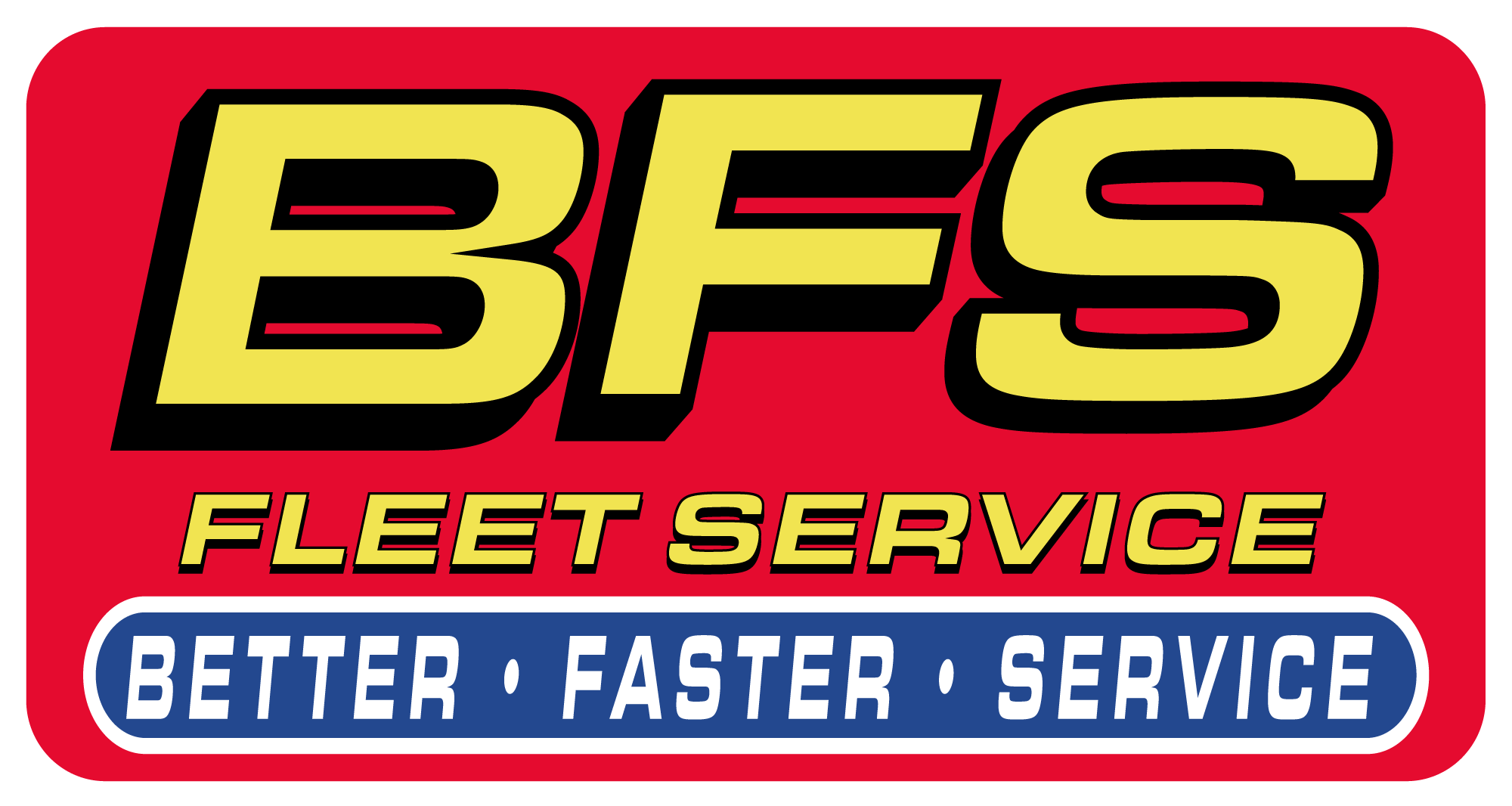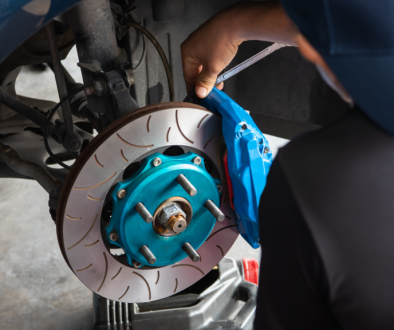Keeping trucks in top condition isn’t just about avoiding breakdowns—it’s about ensuring safety, reducing costs, and maintaining efficiency. When trucks fail unexpectedly, they disrupt schedules, put drivers at risk, and lead to costly repairs. Studies show that preventative maintenance reduces repair costs by 40-50% and can extend truck lifespan by up to 30%. On average, fleets that implement structured maintenance programs save $3,000 to $5,000 per truck annually in repair and downtime costs.
As a fleet operator, I know the challenges firsthand. You juggle schedules, keep up with regulations, and ensure every vehicle is road-ready. But can you afford to lose a truck to avoidable repairs? A strong maintenance plan isn’t just helpful—it’s essential. In this guide, I’ll break down the key areas of fleet maintenance, share real-world examples, and provide actionable advice to keep your trucks running smoothly.
Understanding Fleet Maintenance
Fleet maintenance means more than just fixing trucks when they break down. It involves regular inspections, scheduled servicing, and proactive repairs that prevent minor issues from turning into major problems. A reliable maintenance strategy includes:
- Routine inspections
- Scheduled servicing
- Emergency repairs
- Regulatory compliance checks
Without a proper plan, fleets experience 15-20% more unplanned breakdowns, leading to significant operational setbacks.
Common Truck Maintenance Challenges
Maintaining a fleet isn’t easy. Every truck has different needs, and external factors make it even harder. Heavy mileage causes wear, extreme weather accelerates damage, and unexpected breakdowns create costly disruptions. Driver habits such as hard braking and excessive idling also contribute to wear and tear. Older trucks present additional challenges since they require more frequent repairs and harder-to-find parts.
Without proactive maintenance, fleets experience up to 30% higher operational costs due to increased fuel consumption and emergency repairs.
Key Areas of Fleet Maintenance
1. Engine & Transmission Care
Regular oil changes and filter replacements prevent sludge buildup, while monitoring coolant levels and replacing belts before failure ensures smooth operation. Diesel particulate filters (DPFs) and emissions systems must remain functional to comply with regulations.
Can your fleet handle the risk of an unexpected engine failure that could cost $20,000 or more in repairs?
2. Brake System Inspections
Brakes are the most critical safety component in a truck. Routine inspections of brake pads, rotors, and fluid levels help prevent failure. Brake failures account for nearly 30% of truck accidents. Well-maintained fleets with automatic brake monitoring systems reduce brake-related failures by 65%.
3. Tire Management & Rotation
Proper tire maintenance prevents blowouts and improves fuel efficiency. Studies show that maintaining proper tire inflation can improve fuel economy by 3-5%, saving fleets thousands annually.
4. Electrical & Lighting System Maintenance
Faulty lighting issues cause 12% of DOT violations. Routine testing of battery voltage, alternator output, and wiring prevents unexpected failures.
5. Fluid Checks and Oil Changes
Regular oil changes lower engine failure risks by 35%. Ignoring oil changes can lead to a 25% decrease in engine efficiency, driving up fuel costs.
6. Suspension & Steering System Maintenance
Poor alignment increases rolling resistance and cuts fuel efficiency by 10%. Ignoring suspension issues can add $2,500 per truck annually in unexpected costs.
Preventative vs. Reactive Maintenance
Preventative maintenance catches issues before they become costly repairs, saving fleets 20-30% annually compared to reactive maintenance.
Real-World Fleet Maintenance Success
Case Study 1: Avoiding Expensive Breakdowns
After implementing bi-monthly brake checks, a logistics company saw a 65% reduction in brake-related failures and lowered repair costs by 40%.
Case Study 2: Fuel Efficiency Through Tire Monitoring
A trucking firm installed tire pressure monitoring systems, cutting fuel expenses by 8% and reducing tire replacements by 30%.
Case Study 3: AI-Driven Predictive Maintenance
A national carrier using AI-based diagnostics reduced emergency repairs by 20% and increased uptime by 15%, saving $200,000 annually.
The Role of Technology in Fleet Maintenance
AI-driven diagnostics reduce unplanned downtime by 25%. Fleet maintenance software automates service tracking, ensuring no maintenance task is overlooked.
Frequently Asked Questions (FAQs)
1. How often should I schedule fleet maintenance?
Most fleets follow a 5,000-10,000 mile interval, but it depends on usage and manufacturer recommendations.
2. Is preventative maintenance worth the cost?
Yes, it saves 40-50% compared to emergency repairs and reduces unexpected downtime.
3. How does telematics help with maintenance?
It provides real-time diagnostics, helping fleet managers prevent failures before they happen.
4. What are the top DOT inspection failures?
Faulty lights, worn brakes, underinflated tires, and missing records.
5. How can I improve fuel efficiency through maintenance?
Regular tire checks, engine tuning, and optimized routing can boost fuel economy by 10-15%.
A well-maintained fleet is a profitable fleet. Stay proactive, stay safe, and keep your trucks running strong.




